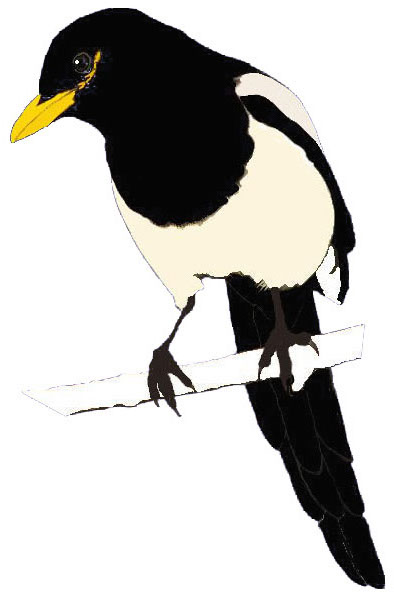21st Century Avian Surveys
21st Century Avian Surveys

Since 2008, the UC Davis Museum of Wildlife and Fish Biology (MWFB) has conducted biological inventories of birdlife along the U.S. and Mexico border. The last such inventory was undertaken by the Smithsonian from 1892 to 1898 where over 100 stations from the Rio Grande to San Diego, California were sampled. Our modern survey team of the MWFB and Smithsonian Bird Division, has revisited several locales along the border from the mouth of the Rio Grande upriver to western Texas, New Mexico, and Arizona, having completed five regions along the border by 2016. We also resurveyed regions along the Canadian Border in 2012-2013 in collaboration with the Smithsonian in North Dakota. We are still completing expedition reports for each of these efforts. These surveys have served as a platform to launch other efforts to collect organisms (mammals, reptiles, insects, endoparasites) and to support ongoing research supported by the MWFB and other researchers. Modern, observation-based studies are important in understanding avifaunal changes, but a baseline collection of birds from the United States in the 21st Century will help perpetuate and substantiate the noted changes. Specimens provide an invaluable resource for researchers interested in topics such as biogeography, taxonomy, genomics, population dynamics, ecology, and conservation. Systematic general collections of birds in the United States are rarely undertaken in the modern ornithological era. Instead collecting is done to support taxonomic questions, filling gaps in museum holdings, to address species-specific questions, and for many North American museums is limited to preservation of salvaged and donated specimens. In addition, there has been a prevailing thought among several researchers that bird diversity in the United States has been sufficiently documented and so many major museums focus their efforts on the survey of avian diversity in parts of the world lacking such data. As we enter into the next phase of the Anthropocene, comprehensive collections of birds in the United States remains an important, but often neglected, part of basic research and datasets needed to measure avian response to changing climate. Collections serve to substantiate avian presence and provide a 21st Century benchmark of avian diversity for future scientists.

Publications
Engilis, Jr., A., Engilis, I. E., Schmidt, B. K., and Trochet, J. A. A Specimen-based Inventory of the Birds of Resaca de las Antonias, Los Fresnos, Cameron County, Texas. Museum of Texas Tech University Special Publications. 2020; No. 75.
